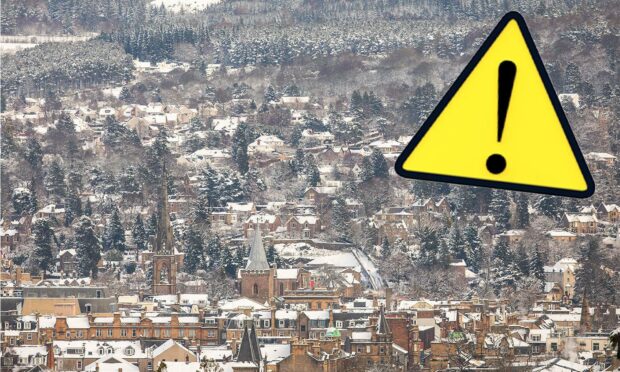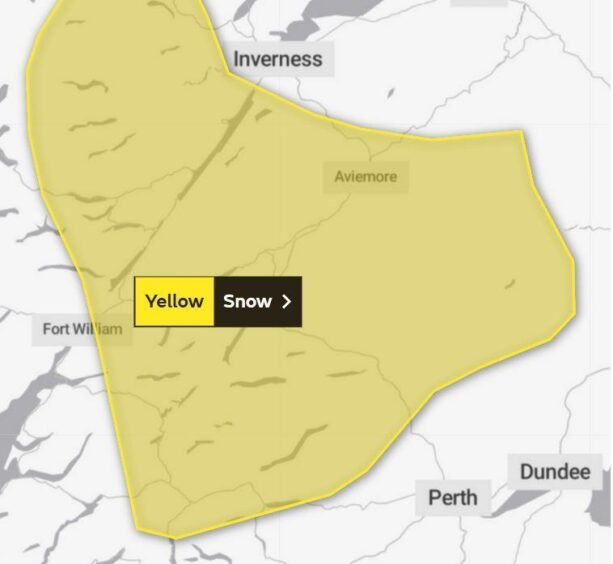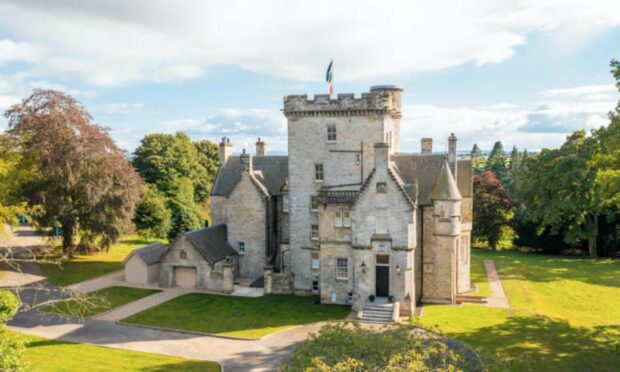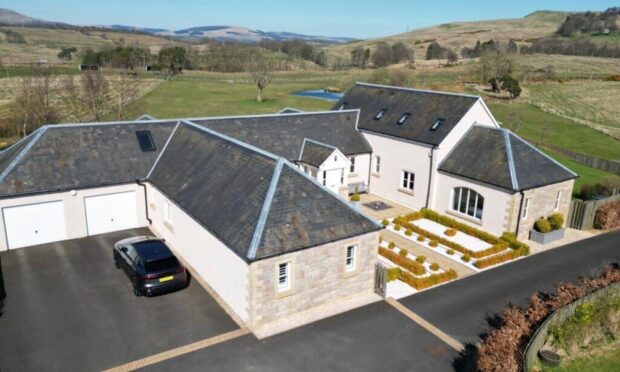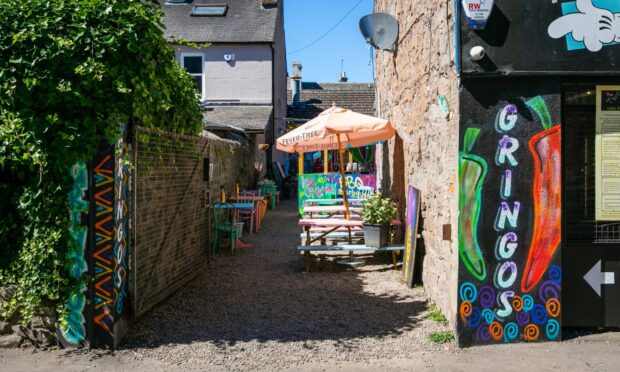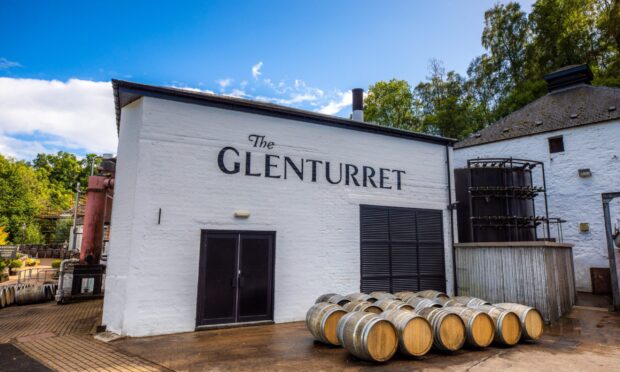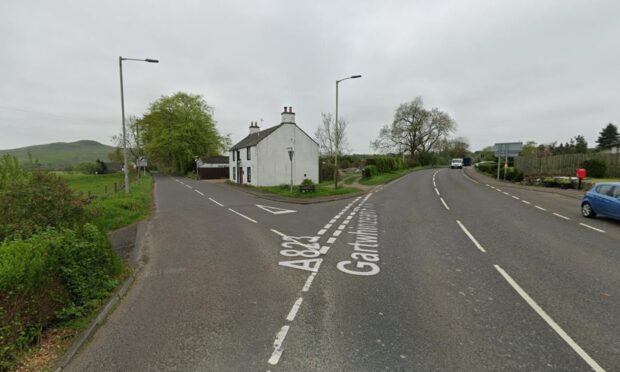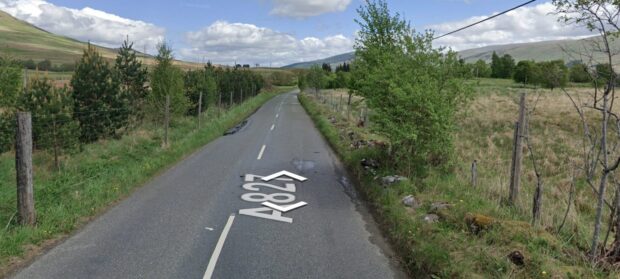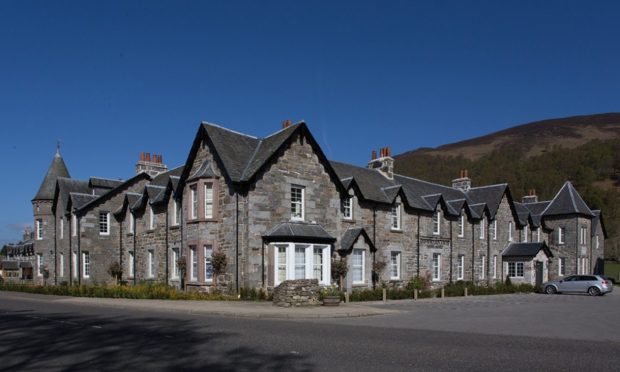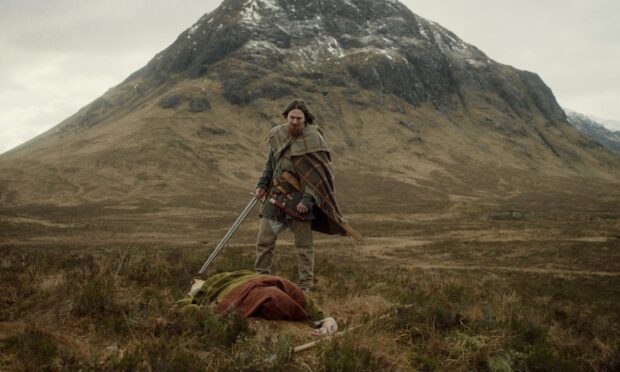Parts of Tayside could wake up to a white Christmas Eve as forecasters predict snowfall overnight.
Forecasters have issued a yellow weather warning for snowfall from Thursday evening up until 11am on Christmas Eve.
The warning covers an area from north of Crieff to Fort William and Aviemore as well as east to Kirriemuir.
BBC Scotland weather presenter Gillian Smart said snow will likely hit higher ground but this will turn to a “sleety mix” at sea level.
She said any snowfall will likely “peter out” come late Friday morning.
Ms Smart added Christmas Day is looking mostly sunny across Scotland but that high ground will see some snow.
⚠️YELLOW WEATHER WARNING⚠️
The @metoffice have issued a YELLOW warning for 🌨️SNOW🌨️ until 11:00 (24/12)
More info can be found here: https://t.co/CyVeeRwzDo#TakeCare pic.twitter.com/lq9GYaCyt1
— Traffic Scotland (@trafficscotland) December 23, 2021
The Met Office meanwhile said the worst of the snow will be several hundred metres high over both southern and northern parts of the Highlands.
It said snow will become more “widespread” through the evening before turning lighter and patchier in nature on Friday.
A spokesperson said: “The bulk of accumulations will be above 300 to 400 metres with two to five centimetres possible and in excess of 10 centimetres possible above 500 metres.
“During the winter months, extreme weather conditions can make driving more difficult and potentially hazardous.”
What advice have the Met Office issued?
The Met Office have issued advice for road users to stay safe:
- Avoid travel if possible.
- If you must drive check the Highway Code for advice on driving in ice and snowy weather. A summary of the advice is: Take care around gritters. Don’t be tempted to overtake. Slow down — it can take 10 times longer to stop in snowy or icy conditions, so allow extra room.
- If you go outside wear several layers of clothing and keep dry to prevent loss of body heat.
- Be aware of black ice. It isn’t always visible and so can be an even greater hazard for both motorists and pedestrians. Black ice may be formed when rain or drizzle fall on a road surface which is at a temperature below zero
